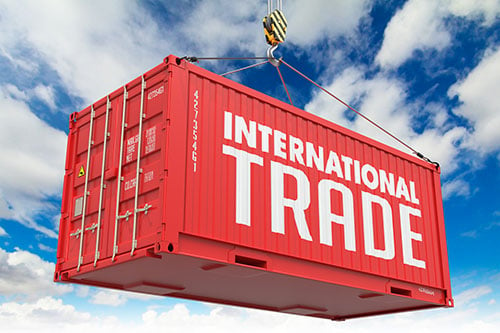
AIAG participated in the recent U.S. Customs and Border Protection’s 2024 Trade Facilitation and Cargo Security Summit (TFCS) at the end of March in Philadelphia. Here are some highlights from the event of interest to AIAG members.
Baltimore Bridge: On day two of the conference, everybody in the international supply chain community woke up to startling news that a bridge in Baltimore was struck by a container ship and collapsed, effectively crippling that port for the foreseeable future. TFCS presenters pivoted that day to address the situation.
- The first question that all importers should have: What is my impact? This is where all the visibility providers will earn their stripes — or not. Any containers at the port will be delayed, so you need to know what containers are in the port.
- Can you determine which containers are at USBAL? Any container that was on a vessel scheduled to be delivered to the port of Baltimore will now be rerouted somewhere else, so those containers need to be addressed.
- Can you determine which containers are scheduled to be offloaded at USBAL? These are simple questions. Any visibility tool ought to be able to answer those questions, but how about this: What purchase orders are on those containers? What about sales orders? If the orders are cancelled by the customer, how much dollar value will you lose? (CFO)
- If you can’t receive the containers for a few weeks, what percentage of the goods is seasonal and will miss the season? (Product Management). What will be the impact on your sales plan? (Category Management). Can you fill certain orders from inventory? (Inventory Management). Which customers do you need to call to discuss alternatives? (Sales). These are just a few questions that your company might have, and your visibility provider is either supportive or not.
UFLPA Entity List: A DHS/CBP/DOL panel at TFCS confirmed that “many more” entities will be added to the UFLPA Entity List in the coming months. Asked whether we should expect to see 1, 10, 100, or 1,000 new listed entities, DHS said “more than 10” but did not provide further details, arguing that the number does not really matter. CBP targets beyond the UFLPA Entity List, and therefore, it is not sufficient to confirm that a product’s direct and indirect suppliers are not listed. That gray area continues to frustrate. Companies can effectively manage UFLPA risk when there is clear instruction. DHS anticipates publishing the annual UFLPA strategy and new sectors in June 2024. (Note: For more on UFLPA, be sure to check out our April 17 event with Washington, D.C.-based international trade law attorney Michael P. House, "UFLPA Trade Policy: A Legal Perspective on Compliance.")
AI session: The presenters on artificial intelligence emphasized, “The human is in charge; AI is the assist.” Representatives from DHS shared excitement about generative AI and large language models to support automated document review and verification, more comprehensive risk-based targeting and enforcement focused on anomalies to identify smuggling or fraud. One example was the use of an AI image with data to review physical inspections more efficiently.
FLETF Entity List: The Forced Labor Enforcement Task Force (FLETF) is a DHS-led group of interagency partners monitoring enforcement of the prohibition on importing goods made wholly or in part with forced labor into the United States. As we near the second anniversary of the Uyghur Forced Labor Prevention Act, the TFCS presented provided the following insights:
- DHS has added many more analysts, a new director of research, and additional attorneys who are working to expand the FLETF Entity List. DHS looks at civil society research, NGO reports, news articles, and information from Congress, to evaluate entities for inclusion in the FLETF list. Their review of such entities is “appropriately rigorous.” Industry should expect a significant expansion of the FLETF list.
- An updated forced labor strategy, as required by Congress, is coming in June 2024.
- Also coming is the identification of new high-risk sectors.
- Now is the time to ensure you are reviewing your supply chain through the same lens as DHS.
Green Trade: A TFCS panel highlighted some key takeaways, including:
- Harmonization across industry, government, and region are key.
- This is a global issue impacting everyone, and we should work to standardize how to measure carbon impact.
- We must encourage organizations to care about the issues by demonstrating the value of reducing environmental impact versus a punitive, more compliance-driven approach.
- Technology will help us achieve our goals. It’s important to have access to accurate data and to explore the potential of innovative technologies such as generative AI to assist the process.
The overarching takeaway from the TFCS event was this: We’re in this together. Let’s work collaboratively to act and embrace the regulation and work needed to make an impact and simplify the process through a community approach.


